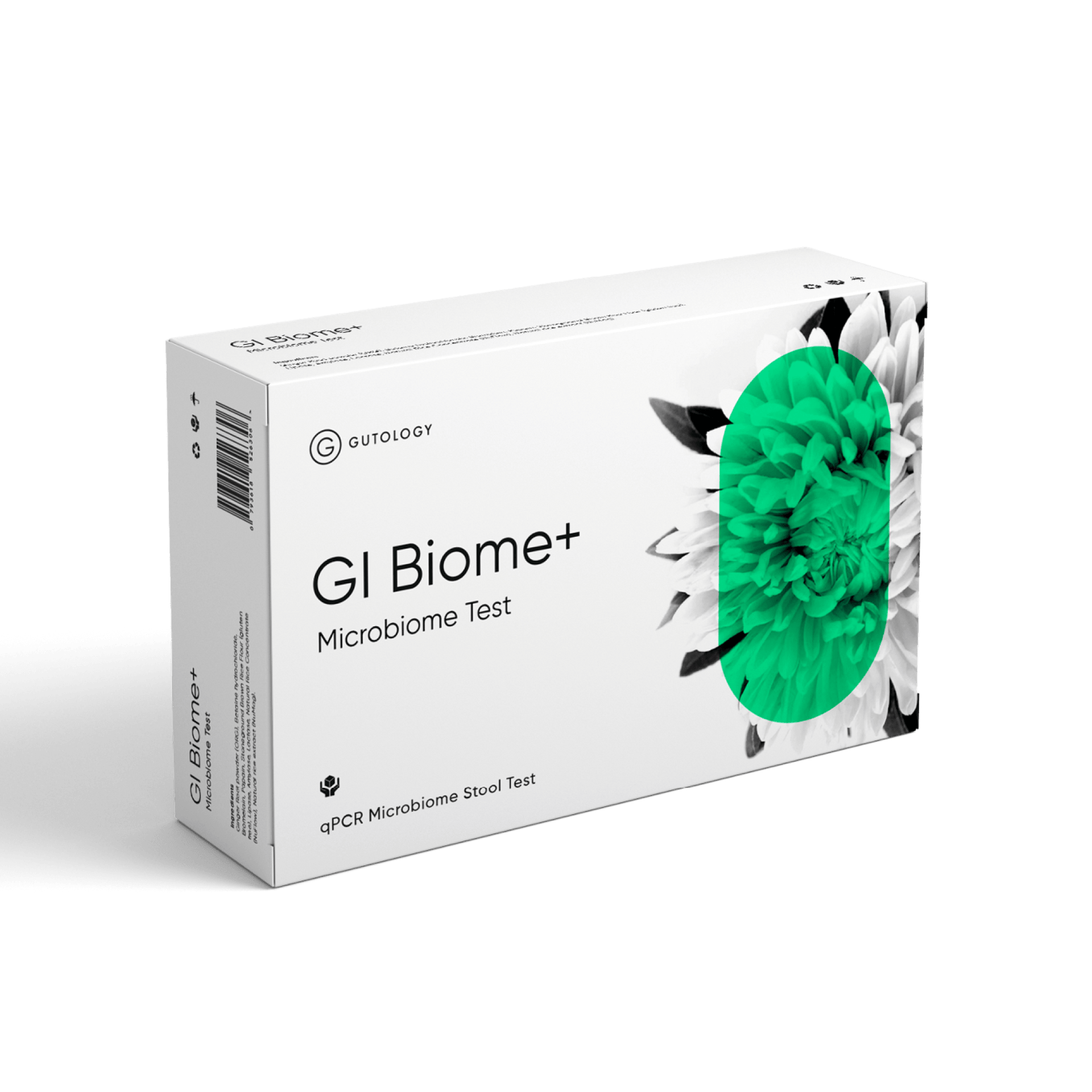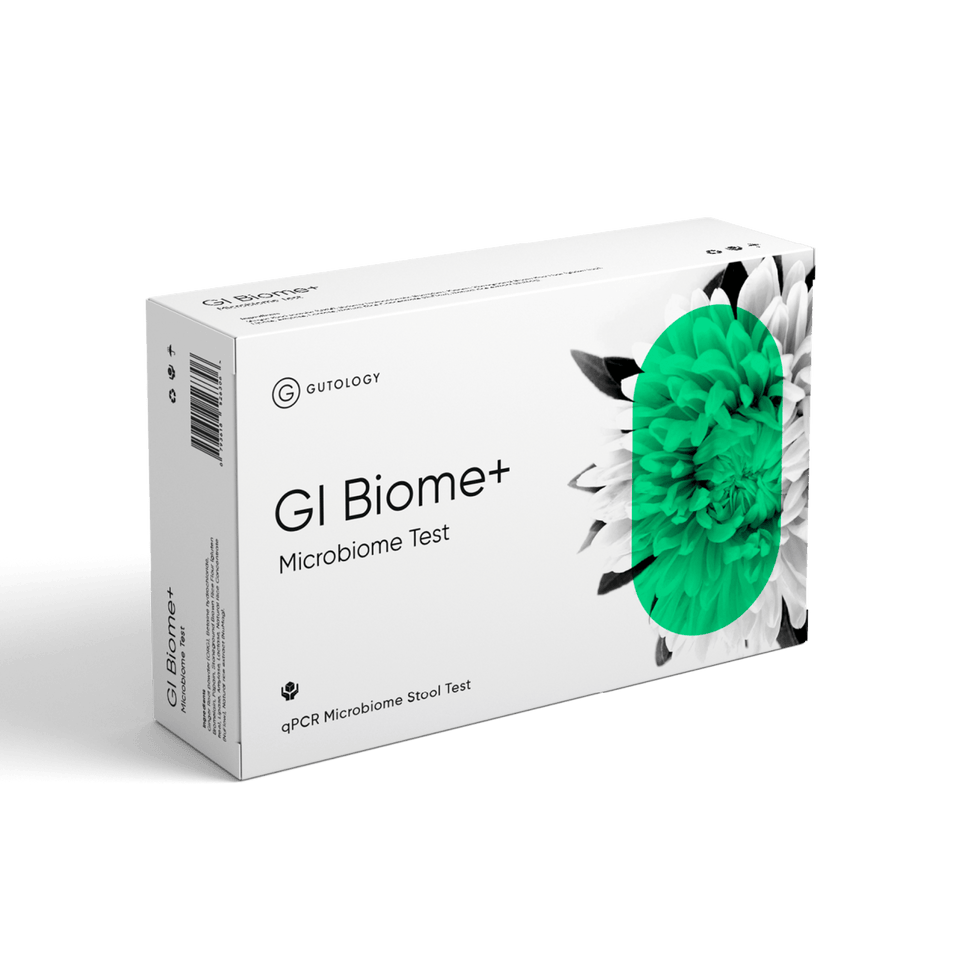Autoimmune diseases occur when the immune system - whose job is to defend us from viruses and bacteria - starts attacking the body’s own tissues.
Instead of recognising “self” as safe, certain immune cells become overactive or misdirected and damage organs, joints, glands or nerves. Conditions in this family include rheumatoid arthritis, type 1 diabetes, celiac disease, lupus and multiple sclerosis, among many others. Recent reviews show that although the precise symptoms differ, many autoimmune diseases share common underlying immune mechanisms such as loss of immune tolerance, dysregulated T and B cells, and ongoing inflammatory signalling1.
How autoimmune disease develops, genes and environment
Autoimmunity usually requires a mix of two things: a genetic predisposition (your immune system’s wiring) and environmental triggers that tip the balance. Genetics can raise the baseline risk, but they don’t tell the whole story. Large genetic studies show shared and disease-specific genetic risk factors, but they also make clear that genes alone don’t explain why most people do or don’t develop disease2.
Common environmental triggers include infections, smoking and air pollution, poor oral health, medications and certain dietary exposures. These triggers can provoke inflammation, change how antigens are presented to the immune system, or reveal hidden (“cryptic”) self-antigens that provoke an autoimmune reaction3,4.
The gut microbiome; a central player
One of the most exciting discoveries of the last decade is how the gut microbiome (the community of bacteria, fungi and other microbes living in our intestines) influences immune balance. Altered microbiome composition - called dysbiosis - has been associated with many autoimmune conditions. Proposed mechanisms include:
- Altered immune education: beneficial microbes help “train” regulatory immune cells that prevent inappropriate immune attacks.
- Barrier disruption: dysbiosis can increase intestinal permeability (“leaky gut”), letting bacterial products escape and fuelling systemic inflammation.
- Molecular mimicry and metabolites: some microbial antigens or metabolites resemble self-proteins or change immune signalling, nudging the system toward autoimmunity5,6.
Large cohort studies have tracked early-life microbiome changes in children who later develop islet autoimmunity (type 1 diabetes), and multiple reviews summarise consistent links between microbiome shifts and autoimmune risk. While causation is still being worked out for many diseases, the microbiome is now widely accepted as an important, modifiable factor in autoimmune pathogenesis6,7.
Good news: genes are not destiny
Even with a genetic predisposition, autoimmune disease can often be delayed, mitigated or kept under control. That’s because many of the triggers and modifiers are environmental and lifestyle related. Recent work in lifestyle medicine and epidemiology shows that a combination of healthy behaviours is associated with lower risk and better outcomes for chronic inflammatory and autoimmune conditions8.
Understanding Autoimmunity; early signs and the spectrum
Autoimmunity isn’t always an “all-or-nothing” condition that suddenly appears with dramatic symptoms. In fact, many autoimmune diseases develop gradually over years, often starting silently before a formal diagnosis is made. Dr. Tom O’Bryan describes this as the autoimmune spectrum, a continuum that begins long before major organ damage occurs. On this spectrum, the immune system may already be dysregulated, producing low levels of inflammation or autoantibodies, even if the person feels mostly well9.
Early signs of autoimmunity are often subtle and can be overlooked because they don’t always seem related to the immune system. Common, non-specific symptoms may include fatigue, brain fog, digestive issues, joint stiffness or mild aches, skin changes, mood changes, and frequent infections 10,11. Because these signs are often vague, many people do not realise that their immune system may already be starting to misfire. Recognising early indicators is crucial because interventions at this stage - particularly those targeting modifiable factors like diet, stress, sleep, and gut health - can make a meaningful difference in slowing progression or reducing the risk of full-blown autoimmune disease11.
Autoimmune conditions develop over time through a complex interplay of genetic susceptibility, environmental triggers, and immune dysregulation. Initially, small imbalances may cause the immune system to overreact to minor insults, gradually escalating into chronic inflammation and tissue damage. This process explains why autoimmune diseases can affect multiple systems, manifest differently in different people, and often appear years after the first subtle warning signs12.
Key takeaways
While genetics can set the stage, the good news is that the course of autoimmune disease is not fixed. Lifestyle factors, including maintaining a healthy gut microbiome, managing stress, optimising sleep, eating nutrient-rich foods, and avoiding known environmental triggers can influence whether the immune system stays balanced or tips further toward autoimmunity. These strategies will be explored in detail in our upcoming article: “No-cost tips for managing autoimmune diseases”.
Understanding early symptoms, recognising the autoimmune spectrum, and addressing modifiable factors empowers individuals to act before serious disease develops, offering hope and control even for those with a genetic predisposition.
Want to learn more about autoimmunity?
Watch our podcast episode, The Hidden Triggers of Autoimmunity, hosted by Functional Medicine Practitioner Julia Davies and Autoimmune Specialist, Muriel Wallace Scott BANT over on our Youtube Channel.








